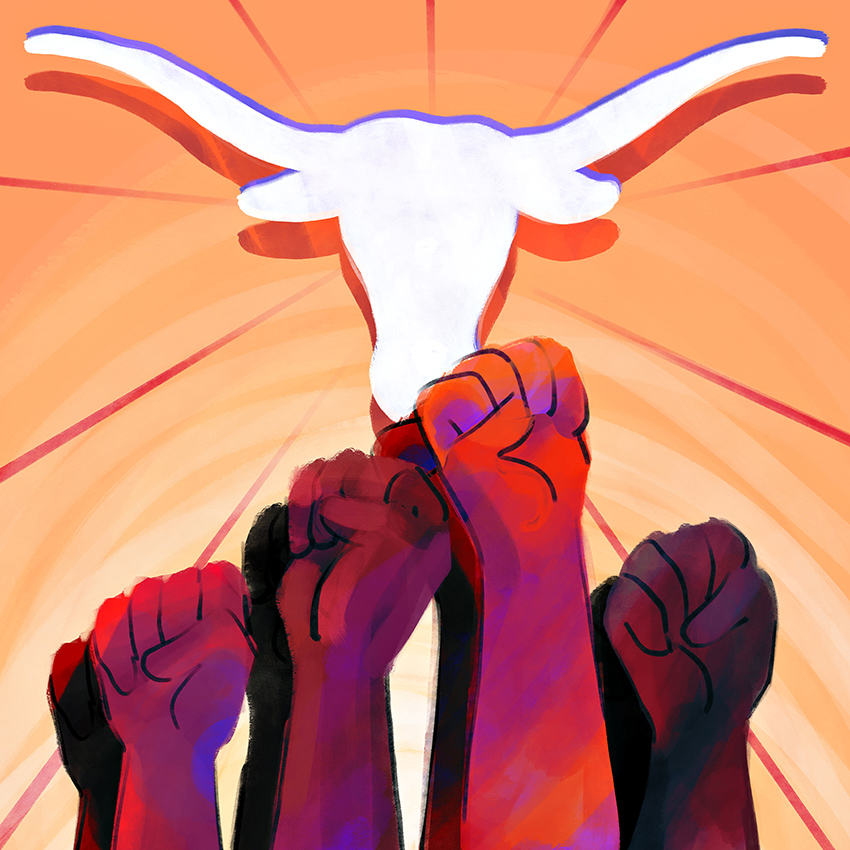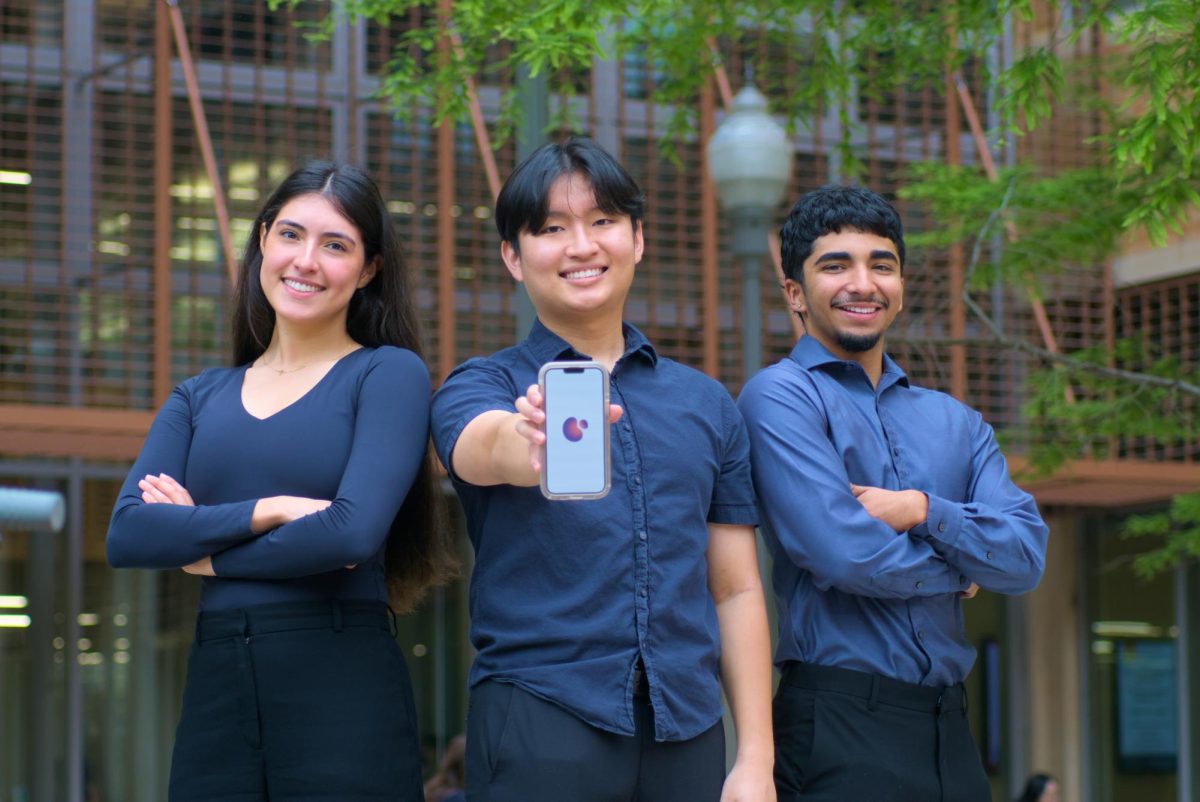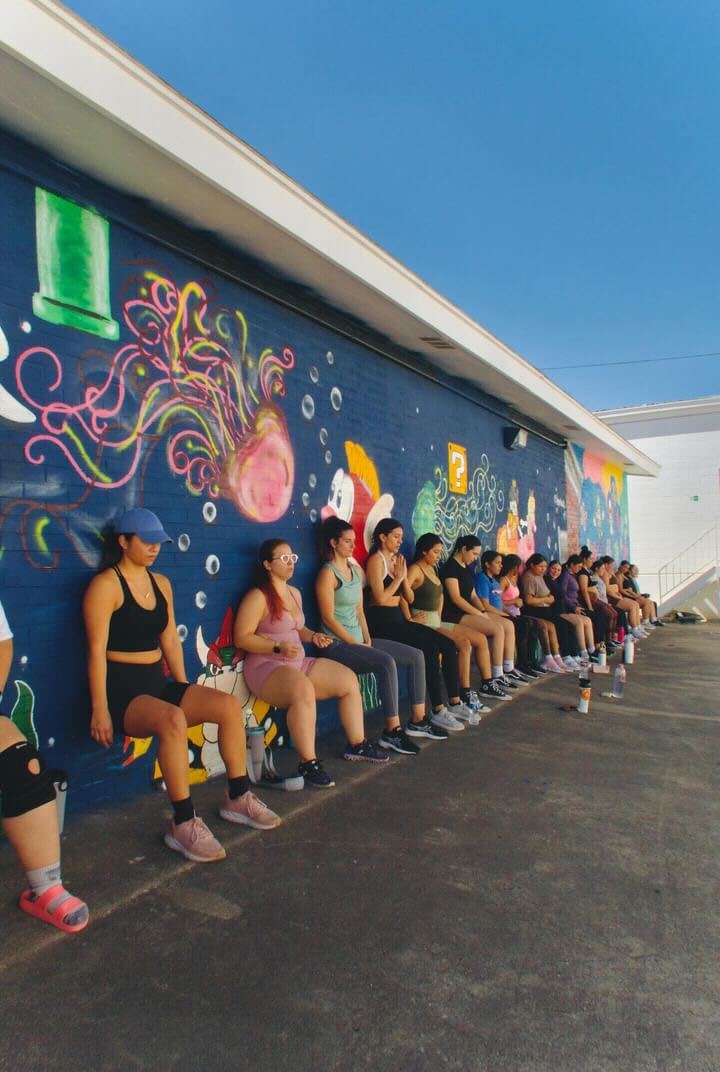UT has a long and troubled history when it comes to the integration of the campus. However, many black alumni, faculty and organizations have paved the way to change that history. Here are a few influential figures in UT’s history who helped open doors for today’s black population on campus.
Heman Sweatt
Heman Sweatt’s iconic case Sweatt v. Painter started it all. On May 16, 1946, Sweatt sued UT’s law school after it rejected his application, claiming the school violated the 14th Amendment of the Constitution by advising he apply to lesser schools. The courts said the school did not have to accept him, but rather give him an alternate law school to attend.
UT and Texas A&M University had helped establish The Texas State University for Negroes, but Sweatt refused to go because it was unequal. He attempted to have his case reheard in 1948, but it was dismissed, as the Court determined public schools had the right to segregate. Finally, in 1949, the case was brought to the U.S. Supreme Court where attorney Thurgood Marshall stated that higher education in Texas did not exist for black people during the time. The Court ruled in Sweatt’s favor, and he was admitted the following year.
Sweatt never obtained his degree because of emotional and physical stress placed on him by the case, but his case caused other black students to apply to UT, leading to integration in 1955. The University became the first major public university to integrate in the South in 1956.
Dr. Ervin Perry
UT hired its first black faculty member, Ervin Perry, in 1964 after he earned his PhD from the school of Civil Engineering. According to Perry’s nephew Gene Locke, his uncle was an extremely intelligent but humble man whose character was loved by the school. Later, when President Hackerman created the Committee on Ethnic Minority Affairs, Ervin was named the chairman. After Perry’s untimely death in 1970, the new main campus library was named the Perry-Castañeda Library upon its completion in 1977.
Before coming to the University, Perry was a notable civil engineer and assistant professor of engineering at Prairie View A&M University, researching energy absorption in concrete and plastics. Additionally, Perry was the first black civil engineer to hold membership in the Texas Society of Professional Engineers in the Travis County chapter.
The AABL/The Blacks
In 1969, The Afro-Americans for Black Liberation, a radical black power organization, helped black students around campus seek justice by holding protests and meetings demanding change. Their biggest impact was a list of demands sent to then-UT President, Dr. Norman Hackerman. The 11 demands included having free housing for minorities, black professors for ethnic classes, a black-only staff and faculty for the Black Studies Department and many more. According to Almetris Marsh Duren, author of “Overcoming: A History of Black Integration at the University of Texas,” the demands were seen as vague and somewhat racist, but they did lead to change. The AABL demands caused an increase in black professors and faculty for black studies, and Hackerman even created a committee to help with future demands.
During the 1969–1970 school year, the attack on black UT students protesting national events spread outrage and sympathy on campus. The organization continued its activism through social identity and politics and became less radical to tone down the violence on campus.















